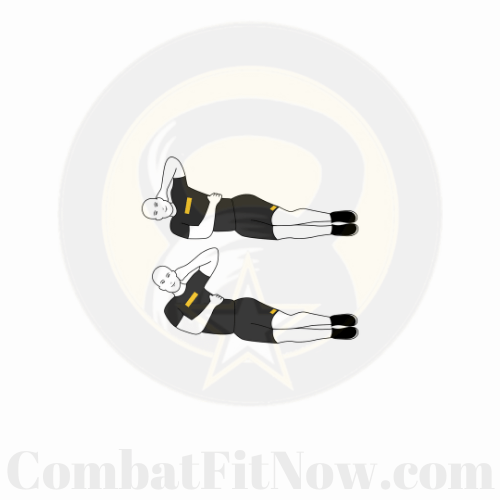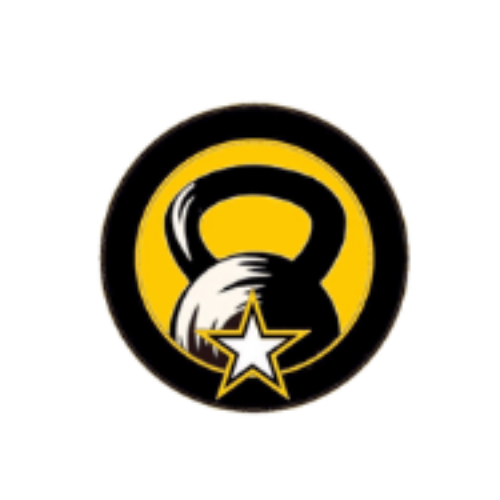The side crunch is an effective exercise that targets the oblique muscles, helping to strengthen and tone the sides of your abdomen. Here’s a step-by-step guide on how to perform a side crunch:
Video Instructions on How to Do a Side Crunch
Muscles worked:
- Obliques (both internal and external)
- Rectus abdominis
Instructions:
- Starting Position:
- Lie on your side on a mat with your legs stacked on top of each other.
- Extend your bottom arm straight out or bend it and use it as a pillow for your head.
- Hand Placement:
- Place your top hand lightly behind your head, keeping your elbow open.
- Body Alignment:
- Ensure that your body is in a straight line from your head to your heels. Your hips should be stacked, and your spine should be in a neutral position.
- Engage Core:
- Tighten your abdominal muscles to engage your core.
- Crunching Movement:
- Lift your upper body off the mat by bringing your ribcage towards your hip. This is a lateral (side) movement rather than a forward movement.
- Focus on the Obliques:
- As you lift, focus on squeezing your oblique muscles on the side facing the ceiling. This will maximize the engagement of the targeted muscles.
- Controlled Movement:
- Avoid using momentum to lift your body; instead, rely on the strength of your obliques to perform the movement.
- Exhale:
- Exhale as you crunch up, and inhale as you lower your body back down.
- Full Range of Motion:
- Lower your upper body back down, allowing your shoulder blades to touch the mat, or come as close to the mat as possible, without putting excessive strain on your lower back.
- Repetition:
- Perform the desired number of repetitions on one side before switching to the other side.
- Sets and Reps:
- Start with 2-3 sets of 10-15 repetitions on each side, and adjust based on your fitness level.
Tips:
- Focus on quality over quantity. Ensure that each repetition is controlled and targets the intended muscles.
- If you’re a beginner, you can modify the exercise by bending your knees at a 90-degree angle.
- Listen to your body. If you feel any discomfort or strain in your lower back, reassess your form or reduce the range of motion.
Remember to consult with a fitness professional or healthcare provider before starting a new exercise routine, especially if you have any pre-existing conditions or concerns.



